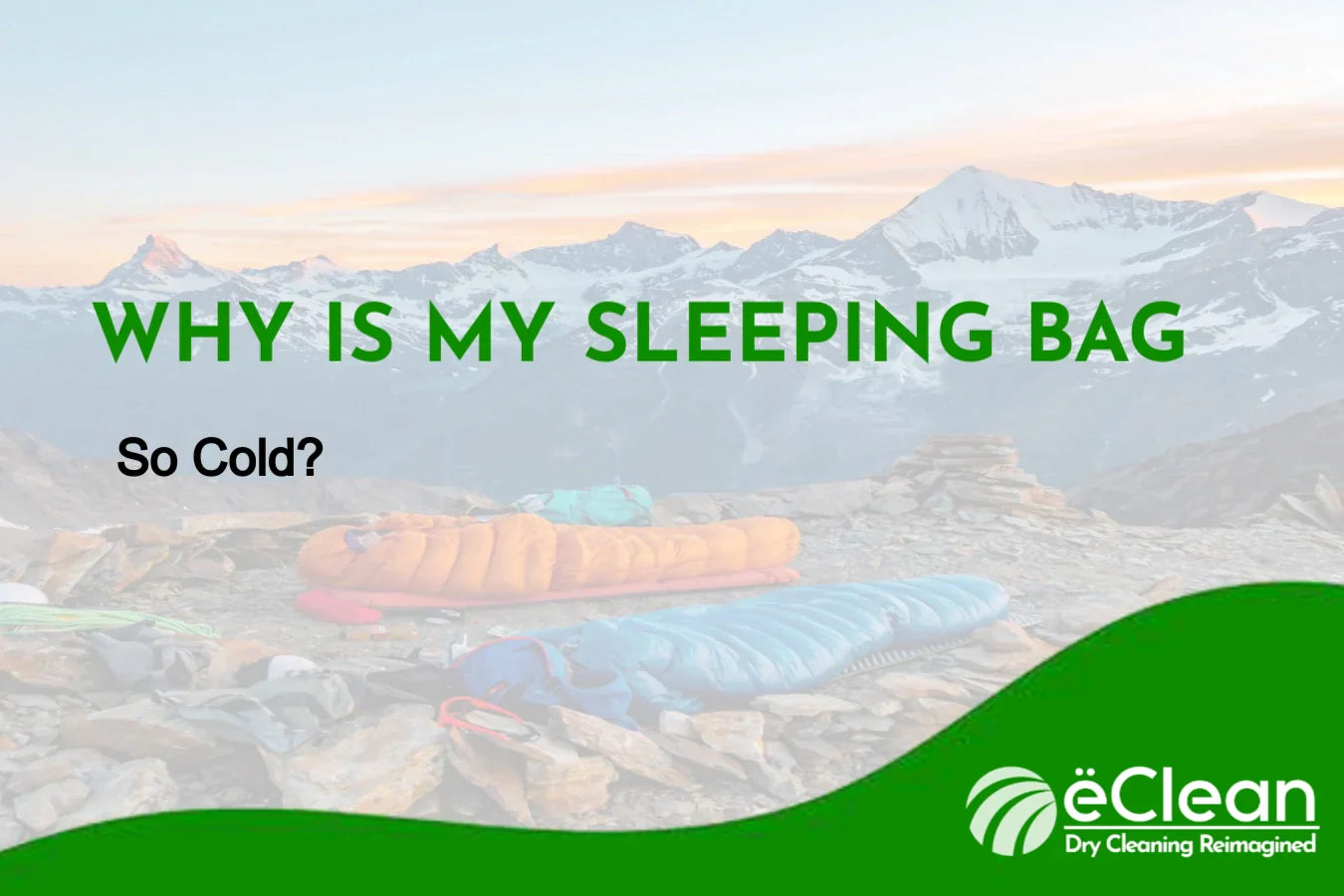Your Cart is Empty


Dry cleaning is a process in which garments are cleaned without getting wet. It uses chemicals and solvents to remove soil, stains and odors from fabrics. The term "dry cleaning" is used to distinguish the process from wet cleaning methods (also known as washing or laundering). These methods apply water directly to the garment for at least part of the cleaning operation. Let's explore how dry cleaning started, how it works, and what the future holds!
Dry cleaning is the process of removing stains and soil from garments using chemicals. It is a method of laundering that uses liquid solvent, which evaporates after application, leaving behind only water-soluble residue. The solvent used in dry cleaning can be either petroleum distillate or non-petroleum based solvents. The first commercial dry cleaning plant was established by French tailor Jean Baptiste Jolly in 1821 in Paris, France.
The first U.S patent for dry cleaning was issued in 1823 but did not catch on until around 1900. It became popular with shirt makers because it reduced wrinkling and shrinkage after washing.

The traditional dry cleaning process involves the use of perchloroethylene (perc), which is an organic solvent that dissolves grease and oils from fabrics. The liquid perc is heated to a high temperature in an enclosed chamber, where it evaporates into a gas called tetrachloroethylene (PCE). The PCE then passes through a filter and condenses back into liquid form, which can be reused again and again until there's no more dirt left on your clothes.
Solvent extraction is also known as "wet" or "liquid" (or "wet/dry") cleaning because some machines include steamers that can be used to remove excess moisture from clothes after they've been cleaned in the solvent tank. But this isn't always necessary since many modern solvents are non-toxic enough that they won't cause damage if left on your clothes overnight!
Dry cleaning is a process that uses chemicals to remove dirt and stains from clothing. The most common method of dry cleaning uses carbon tetrachloride, which evaporates into the air when it's sprayed on clothes. This chemical can cause health problems such as liver damage, nervous system disorders and even cancer if it's inhaled or touched directly by skin.
The Environmental Protection Agency (EPA) regulates how much carbon tetrachloride can be released into the environment by dry cleaning businesses using this method. They must have an air pollution control device installed on their machines that captures 99% of all fumes before they leave the building through vents in walls or roofs.

Dry cleaning has been around for over 100 years, but it's only recently that the effects of this process have come under scrutiny. The most obvious health concern is chemical exposure; many dry cleaning companies use chemicals like perchloroethylene (or "perc") and tetrachloroethylene (or "perk"), both of which are known carcinogens. These chemicals can also cause neurological damage, kidney failure and birth defects if they're breathed in or absorbed through your skin over time.
Perc is still used in many parts of the world--it's cheaper than newer alternatives like hydrogen peroxide. It remains unregulated by any government agency due to its long history as an industrial solvent with few known adverse effects on humans until recently when studies began linking low-level exposure with increased risk for certain types of cancers including leukemia and lymphoma.
Dry cleaning costs vary depending on the type of garment being cleaned. For example, a wool coat will cost more than a silk dress. There are also additional charges for items that require special care or handling.
In addition to the price of your garments, there are other factors that may affect how much you pay for apparel care cleaners:

CO2 dry cleaning is a process that uses carbon dioxide to remove stains from fabrics. It's similar to traditional dry cleaning in that it removes dirt and stains, but it uses zero water, no harsh chemicals, and no heated dry. CO2 can also be used as an alternative to perc (perchloroethylene) solvent in wet cleaning processes.
The CO2 process works by applying liquid carbon dioxide under pressure onto clothes during the cleaning process; this causes the moisture in each garment's fibers to evaporate quickly so they can be pressed flat against one another without wrinkling or creasing. Our patented green CO2 dry cleaning process leaves behind no stains, no odors, and no chemical residue.
The future of dry cleaning is bright. With the emergence of new technologies, there are many opportunities to improve on existing processes and procedures. Some of these include:
Dry cleaning has come a long way since its inception over a century ago. Traditional methods have evolved, but they still pose environmental and health risks. CO2 dry cleaning, on the other hand, stands out as an eco-friendly and effective alternative that is gaining popularity among consumers and businesses alike.
As more people prioritize sustainability, the demand for green dry cleaning solutions, such as chemical free dry cleaners like eClean, will continue to grow. This shift towards eco-friendliness is not just a trend, but a necessary step towards a cleaner and healthier future.
In the future, we can expect more innovative and sustainable solutions in the dry cleaning industry. We may see the use of renewable energy sources, biodegradable solvents, and other eco-friendly practices that reduce the carbon footprint of the industry. Together, we can build a cleaner, healthier future for ourselves and for the planet.

Has your trusty sleeping bag started to get a little too cold for mountain & winter use, or are you just noticing that it's not feeling the same as it did when it was new? It's a frustrating experience that can leave you longing for a good night's sleep.
In this article, we dive into the reasons behind insulation loss in sleeping bags, specifically focusing on down-filled ones. We'll explore the science behind the properties of down, the impact of washing machines, and common causes for reduced insulation.